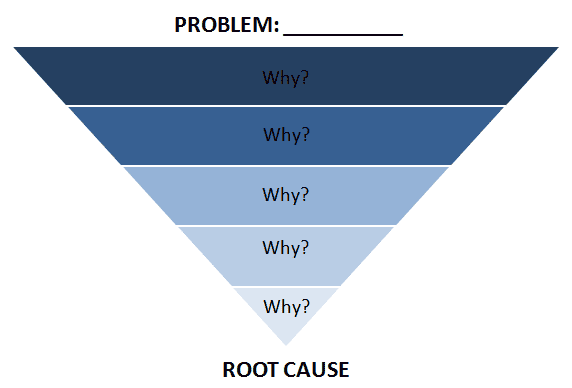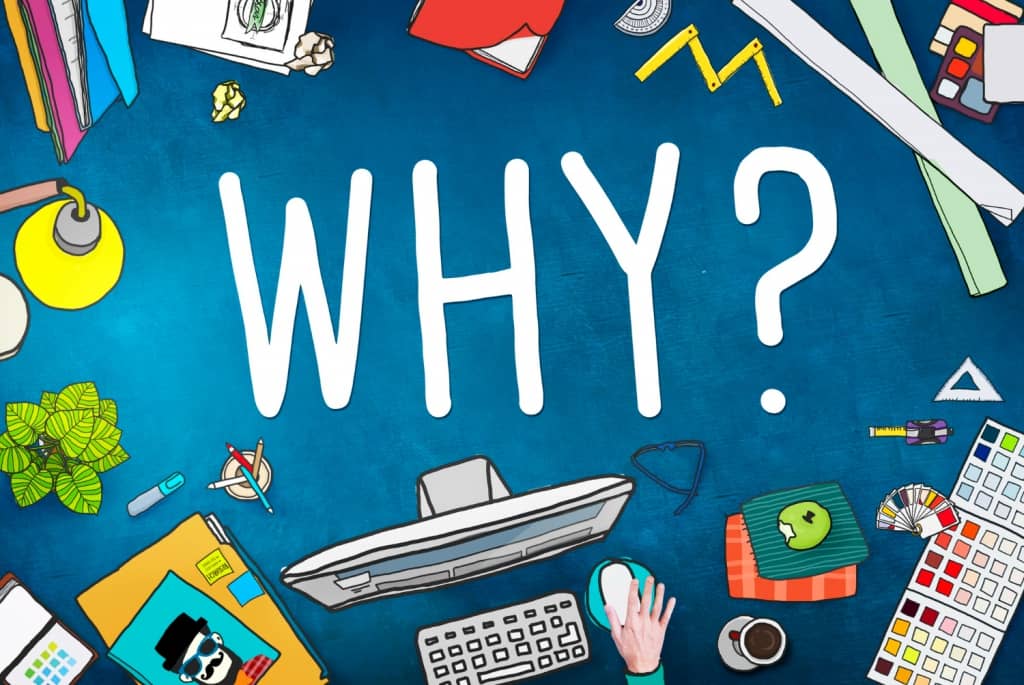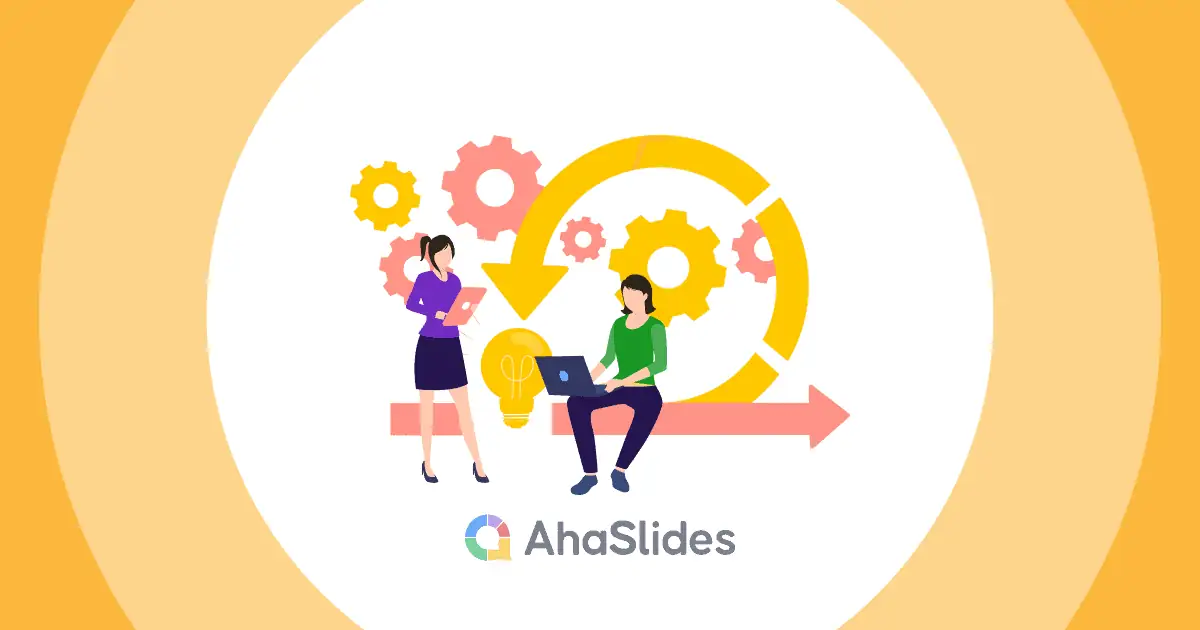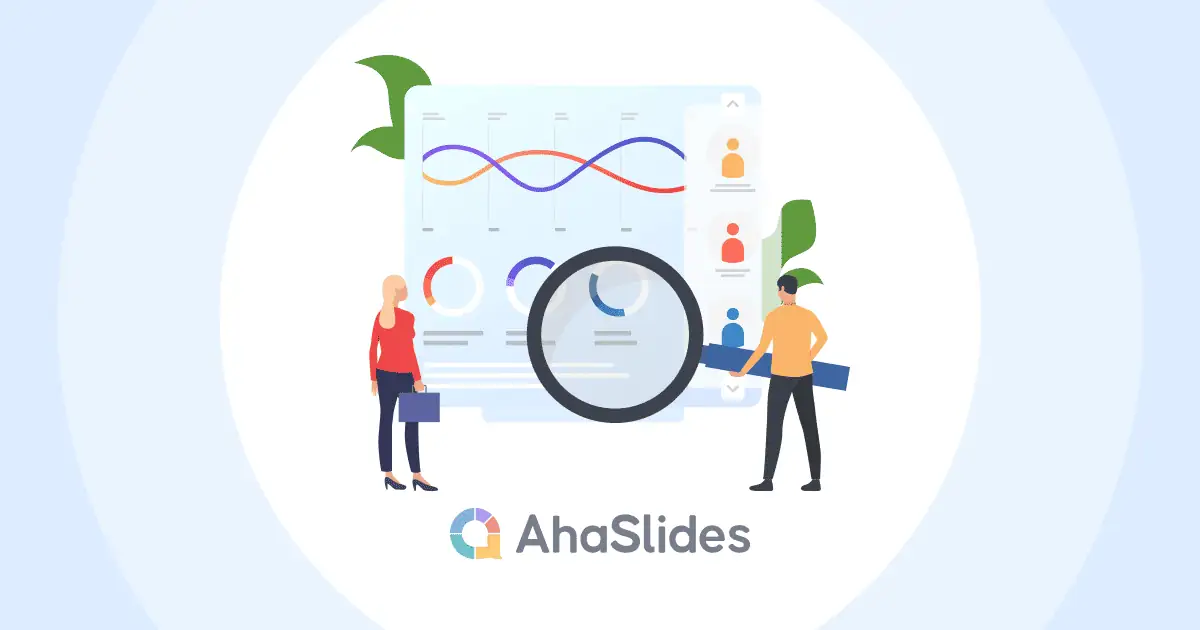إذا كان فريقك يواجه مشكلةً مُلحّةً سئمتَ من مُعالجتها باستمرار، فقد حان الوقت للتعمّق أكثر في البحث عن السبب الجذري. وهنا يأتي دور نهج "لماذا الخمسة". في هذه التدوينة، سنستكشف كيفية تبسيط التعقيدات التنظيمية من خلال طرح "لماذا" خمس مرات.
جدول المحتويات
- ما هو نهج اللماذات الخمسة؟
- فوائد منهج اللماذات الخمسة
- كيفية تطبيق نهج اللماذات الخمسة
- مثال لماذا الخمسة
- نصائح لتطبيق منهج اللماذات الخمس الناجح
- الوجبات السريعة الرئيسية
- الأسئلة الشائعة
ما هو نهج اللماذات الخمسة؟

نهج "لماذا الخمسة" هو أسلوب لحل المشكلات، يتعمق في كشف الأسباب الجذرية للمشاكل في المؤسسات. يتضمن هذا الأسلوب طرح "لماذا" خمس مرات، وسبر أغوار المشكلة للكشف عن عواملها الكامنة.
هذه الطريقة، المعروفة أيضًا باسم منهج 5 لماذا أو 5 لماذا، تتجاوز الحلول على المستوى السطحي، وتعزز التحليل الشامل للمشكلات. غالبًا ما يستخدم منهج اللماذات الخمس في عمليات حل المشكلات وصنع القرار، وهو يساعد المؤسسات على إجراء عملية fتحليل السبب، وتحديد الأصول الحقيقية للتحديات لتنفيذ حلول أكثر فعالية واستدامة.
فوائد نهج الخمسة لماذا
يقدم منهج اللماذات الخمسة العديد من الفوائد، مما يجعله طريقة قيمة للمؤسسات التي تسعى إلى حل المشكلات بشكل فعال وتحليل الأسباب الجذرية. فيما يلي بعض المزايا الرئيسية لطريقة الـ5 Whys:
1/ تحديد السبب الجذري العميق:
تتميز طريقة "لماذا الخمسة" بكشف الأسباب الجذرية للمشكلة. فتكرار طرح "لماذا" يُجبر على إجراء فحص شامل، مما يُساعد المؤسسات على تجاوز الأعراض السطحية لتحديد المشكلات الجوهرية.
2/ البساطة وسهولة الوصول:
إن بساطة منهج Five Whys تجعله في متناول الفرق على جميع مستويات المؤسسة. ليست هناك حاجة إلى تدريب متخصص أو أدوات معقدة، مما يجعلها طريقة عملية ومباشرة لحل المشكلات.
3/ فعالة من حيث التكلفة:
يعد تنفيذ طريقة Five Whys فعالاً من حيث التكلفة مقارنة بتقنيات حل المشكلات الأخرى. فهو يتطلب الحد الأدنى من الموارد ويمكن إجراؤه بتسهيل أساسي، مما يجعله خيارًا فعالاً للمؤسسات ذات الميزانيات المحدودة.
4/ تعزيز التواصل:
إن طرح "لماذا" مرارًا وتكرارًا يُشجع على التواصل المفتوح بين الفرق، ويعزز التعاون والفهم المشترك للمشكلة، مما يُسهم في خلق بيئة عمل أكثر شفافية وتواصلًا.
5/ منع التكرار :
من خلال معالجة الأسباب الجذرية للمشكلة، تساعد طريقة Five Whys المؤسسات على تطوير حلول تمنع تكرار المشكلة. ويساهم هذا النهج الاستباقي في حل المشكلات على المدى الطويل ويعزز الكفاءة التنظيمية الشاملة.
يتميز نهج "لماذا" الخمسة، أو أسلوب "لماذا" لتحليل السبب الجذري، ببساطته، وفعاليته من حيث التكلفة، وقدرته على تحديد المشكلات العميقة الجذور، مما يجعله أداة قيمة للمؤسسات الملتزمة بالتحسين المستمر وحل المشكلات.

كيفية تطبيق نهج اللماذات الخمسة
فيما يلي دليل خطوة بخطوة حول كيفية تطبيق نهج الأسباب الخمسة:
1/ تحديد المشكلة:
ابدأ بتحديد المشكلة التي تريد معالجتها بوضوح. تأكد من أن المشكلة محددة ومفهومة جيدًا من قبل جميع المعنيين.
2/ صياغة السؤال الأول "لماذا":
اسأل لماذا حدثت المشكلة. شجع أعضاء الفريق على تقديم إجابات تستكشف الأسباب المباشرة للمشكلة. هذا يبدأ عملية التحقيق.
3/ كرر لكل إجابة:
لكل إجابة على سؤال "لماذا" الأولي، اطرح السؤال نفسه مرة أخرى. كرر هذه العملية خمس مرات، عادةً حتى تصل إلى نقطة تُفضي فيها الإجابات إلى سبب جوهري. يكمن السر في تجاوز التفسيرات السطحية.
4/تحليل السبب الجذري:
بعد أن تسأل "لماذا" خمس مرات أو تحدد سببًا جذريًا يتردد صداه لدى الفريق، حللّه للتأكد من أنه المشكلة الأساسية. قد يلزم أحيانًا إجراء تحقيق أو التحقق من صحة إضافية.
5/ تطوير الحلول:
بعد تحديد السبب الجذري، قم بالعصف الذهني وتنفيذ الحلول التي تعالجه مباشرة. يجب أن تهدف هذه الحلول إلى إزالة السبب الجذري أو التخفيف منه، مما يمنع تكرار المشكلة.
6/ المراقبة والتقييم:
فلنُطبّق حلولنا ونراقب أثرها عن كثب مع مرور الوقت. قيّم ما إذا كانت المشكلة قد حُلّت وما إذا كانت هناك حاجة إلى أي تعديلات على الحلول.

مثال لماذا الخمسة
لنستعرض مثالاً بسيطاً على منهجية "لماذات الخمسة" لتوضيح آلية عملها. تخيّل سيناريو يواجه فيه فريق التسويق لديك مشكلة: انخفاض حركة المرور على الموقع الإلكتروني
بيان المشكلة: انخفضت حركة المرور على موقع الويب
1. لماذا انخفضت حركة المرور على الموقع؟
- الإجابة: ارتفع معدل الارتداد بشكل ملحوظ.
2. لماذا ارتفع معدل الارتداد؟
- الإجابة: وجد الزوار أن محتوى الموقع غير ذي صلة.
3. لماذا وجد الزوار أن المحتوى غير ذي صلة؟
- الإجابة: المحتوى لم يتوافق مع الاحتياجات والتفضيلات الحالية للجمهور المستهدف.
4. لماذا لم يتوافق المحتوى مع احتياجات الجمهور وتفضيلاته؟
- الإجابة: لم يقم فريق التسويق بإجراء أبحاث سوقية حديثة لفهم تفضيلات العملاء المتطورة.
5. لماذا لم يقم فريق التسويق بإجراء أبحاث السوق الحديثة؟
- الإجابة: إن الموارد المحدودة والقيود الزمنية أعاقت قدرة الفريق على إجراء أبحاث السوق بشكل منتظم.
السبب الجذري: تم تحديد السبب الجذري لانخفاض حركة المرور على موقع الويب على أنه محدودية الموارد وقيود الوقت التي تمنع فريق التسويق من إجراء أبحاث السوق بشكل منتظم.
حل: قم بتخصيص موارد مخصصة لأبحاث السوق المنتظمة للتأكد من أن المحتوى يتوافق مع الاحتياجات والتفضيلات المتطورة للجمهور المستهدف.
في هذا المثال التسويقي:
- كانت المشكلة الأولية هي انخفاض حركة المرور على موقع الويب.
- ومن خلال طرح السؤال "لماذا" خمس مرات، تمكن الفريق من تحديد السبب الجذري: الموارد المحدودة والقيود الزمنية التي تعيق إجراء أبحاث السوق المنتظمة.
- يتضمن الحل معالجة السبب الجذري من خلال تخصيص الموارد خصيصًا لأبحاث السوق المنتظمة لمواءمة المحتوى بشكل أفضل مع تفضيلات الجمهور.
نصائح لتطبيق منهج اللماذات الخمس الناجح
- إشراك فريق متعدد الوظائف: اجمع أفرادًا من مختلف الأقسام أو الوظائف للحصول على وجهات نظر متنوعة حول المشكلة.
- تشجيع التواصل المفتوح: قم بإنشاء مساحة آمنة لأعضاء الفريق لمشاركة أفكارهم دون خوف من اللوم. التأكيد على الطبيعة التعاونية للعملية.
- توثيق العملية: احتفظ بسجل لتحليل الأسباب الخمسة، بما في ذلك الأسئلة المطروحة والإجابات المقدمة. يمكن أن تكون هذه الوثائق ذات قيمة للرجوع إليها والتعلم في المستقبل.
- التكيف حسب الحاجة: كن مرنًا في تطبيق أسئلة "لماذا" الخمسة. إذا حدد الفريق السبب الجذري قبل طرح "لماذا" خمس مرات، فلا داعي لفرض أسئلة إضافية.

الوجبات السريعة الرئيسية
في رحلة حل المشكلات، يبرز نهج "لماذات الخمسة" كمنارة تُرشد المؤسسات إلى جوهر تحدياتها. من خلال تكرار سؤال "لماذا"، تستطيع الفرق كشف جوانب المشاكل السطحية، وكشف الأسباب الجذرية التي تستدعي الاهتمام.
لتعزيز تطبيق نهج اللماذات الخمسة، باستخدام الإنهياراتتُبسّط أداة العرض التفاعلية هذه الجانب التعاوني من العملية، مما يسمح للفرق بتحليل المشكلات جماعيًا والمساهمة في رحلة إيجاد الحلول بسلاسة. تُسهّل AhaSlides التفاعل الفوري، مما يجعل تحليل "لماذات الخمسة" تجربة ديناميكية وتفاعلية للفرق.
الأسئلة الشائعة
ما هي تقنية الـ5 لماذا؟
نهج "لماذا الخمسة" هو أسلوب لحل المشكلات، يتعمق في كشف الأسباب الجذرية للمشاكل في المؤسسات. يتضمن هذا الأسلوب طرح "لماذا" خمس مرات، وسبر أغوار المشكلة للكشف عن عواملها الكامنة.
ما هي نظرية اللماذات الخمسة؟
تعتمد نظرية الأسباب الخمسة على فكرة مفادها أنه من خلال طرح السؤال "لماذا" بشكل متكرر، يمكن للمرء أن يكتشف طبقات أعمق من السببية، ويتجاوز الأعراض السطحية لتحديد السبب الأساسي للمشكلة.
ما هي استراتيجية التدريس الخمسة لماذا؟
تتضمن استراتيجية "لماذا" التعليمية استخدام أسلوب "لماذا" كأداة تعليمية. تساعد هذه الاستراتيجية الطلاب على تحليل المشكلات من خلال طرح سلسلة من أسئلة "لماذا" لفهم السبب الجذري.
المرجع: خريطة الأعمال | أدوات العقل








